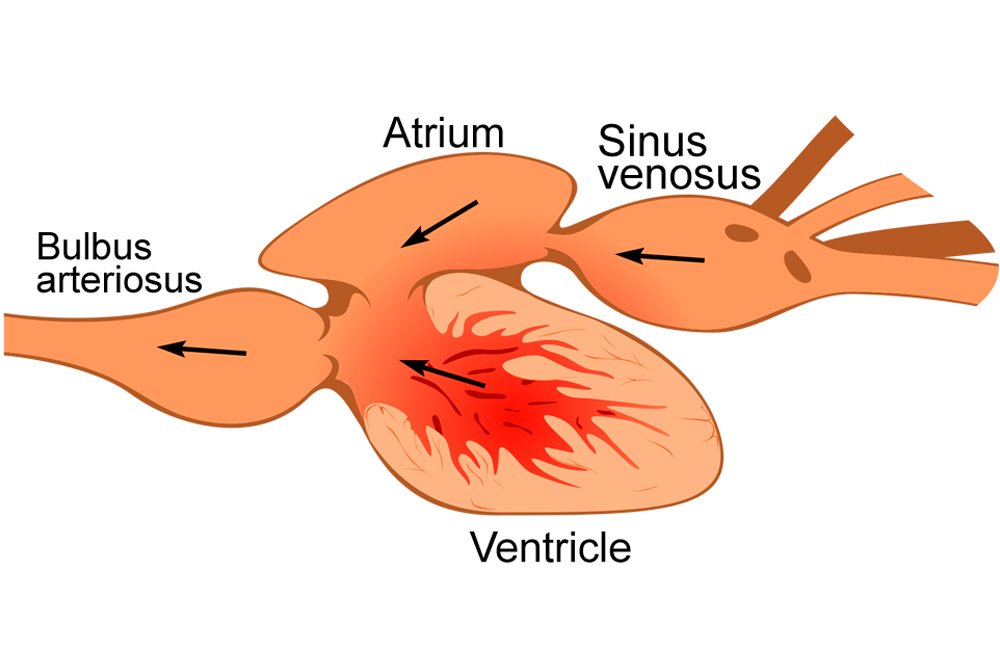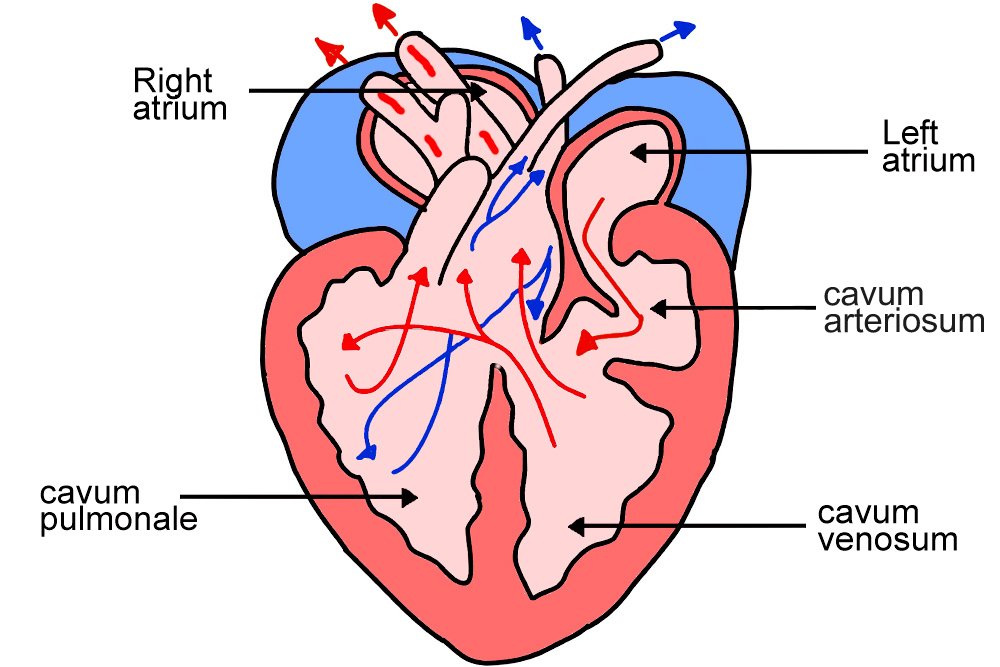Table of Contents (click to expand)
The heart is a four-chambered muscle that pumps blood through the body. The right side of the heart receives deoxygenated blood from the body and pumps it to the lungs, where it is oxygenated. The left side of the heart then receives oxygenated blood from the lungs and pumps it out to the body. This four-chambered structure allows for an efficient system to oxygenate our blood, maintain adequate pressure, and prevent mixing of oxygenated and deoxygenated blood.
We humans have a tendency to take a lot of things for granted, but you probably already knew that. However, I’m going to point out another thing that we have seriously underestimated for a long time – the heart. For those who have knowledge about the structure of our heart, know that our heart is 4 chambered. It provides us with an efficient system to oxygenate our blood, maintain adequate pressure, and prevent mixing of oxygenated and deoxygenated blood.
Did you know that not all animals have this luxury? There are some who have only two or three chambered hearts. As expected, these decrease the efficiency of the whole system.
Two Chambered Heart
Some animals like fishes, have only a two chambered heart. Their heart consists of one auricle or atrium, and one ventricle. These are flanked by the sinus venosus (which leads to the atrium) and the bulbus arteriosus (which succeeds the ventricle).
The deoxygenated blood enters through the sinus venosus and into the atrium. From here it passes into the ventricle. When the ventricle pumps the blood out, the pressure is much higher than the gills, which is where the blood goes next. The gills are thin walled due to which there is the risk of them getting damaged under high pressure of blood. Therefore, the bulbus arteriosus adjusts the pressure of the blood exiting the ventricle.
While the reduced pressure may prevent damage to the lungs, the pressure of the blood must still be enough to circulate the fluid throughout the body. Therefore, the circulation of blood in the body of a fish works on a careful balance between low pressure for the gills and high enough for the circulation. Unlike humans, fishes don’t have double circulation.

Also Read: How Does The Heart Pump Blood?
Three Chambered Heart
All reptiles, with the exception of crocodiles, have a three chambered heart – two auricles and one ventricle. This type is more advanced than that of fish, but not as advanced as that possessed by mammals. However, the ventricle has an incomplete partition which divides it into 2 sub chambers. The right sub chamber is called as the right ventricle or calum pulmonale while the left sub chamber is called the left ventricle or calum venosum. There is also a third sub chamber called as cavum arteriosum towards the top of the ventricle. It is connected by a valve to the left ventricle.
Deoxygenated blood enters the right atrium and moves into the right sub chamber of the ventricle. Due to incomplete separation though, it also leaks into and fills the left ventricle. The blood then moves up from the ventricle into the lungs for oxygenation. This comes back down and fills the third chamber – cavum arteriosum – temporarily shutting it off. The blood then moves into the left ventricle and from there the rest of the body.

When all three ventricles are filled with blood, it is important to understand how the blood flows. As the ventricles contract, the blood from the right ventricle, followed by the left ventricle flow up into the lungs. While the left ventricle also has a blood vessel for carrying blood to the rest of the body, it doesn’t flow through there because of the resistance to blood flow. This resistance is higher than that in the blood vessel leading to the lungs. As the ventricles empty, it leads to the valve between the 2 ventricles being temporarily shut. As the ventricle continues contracting, the oxygenated blood from the third chamber now flows down into the left ventricle and then the rest of the body.
Reptiles have an incomplete double circulation. While there is mixing of oxygenated and deoxygenated blood, the mixing is not to as large an extent and previously assumed to be. The mammalian heart is much more efficient in its structure which allows for maximum efficiency and proper pressure maintenance.
Also Read: How Does The Human Circulatory System Work?
How well do you understand the article above!

